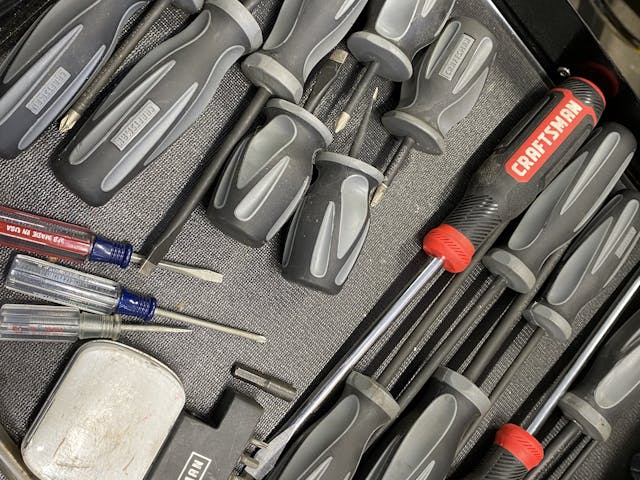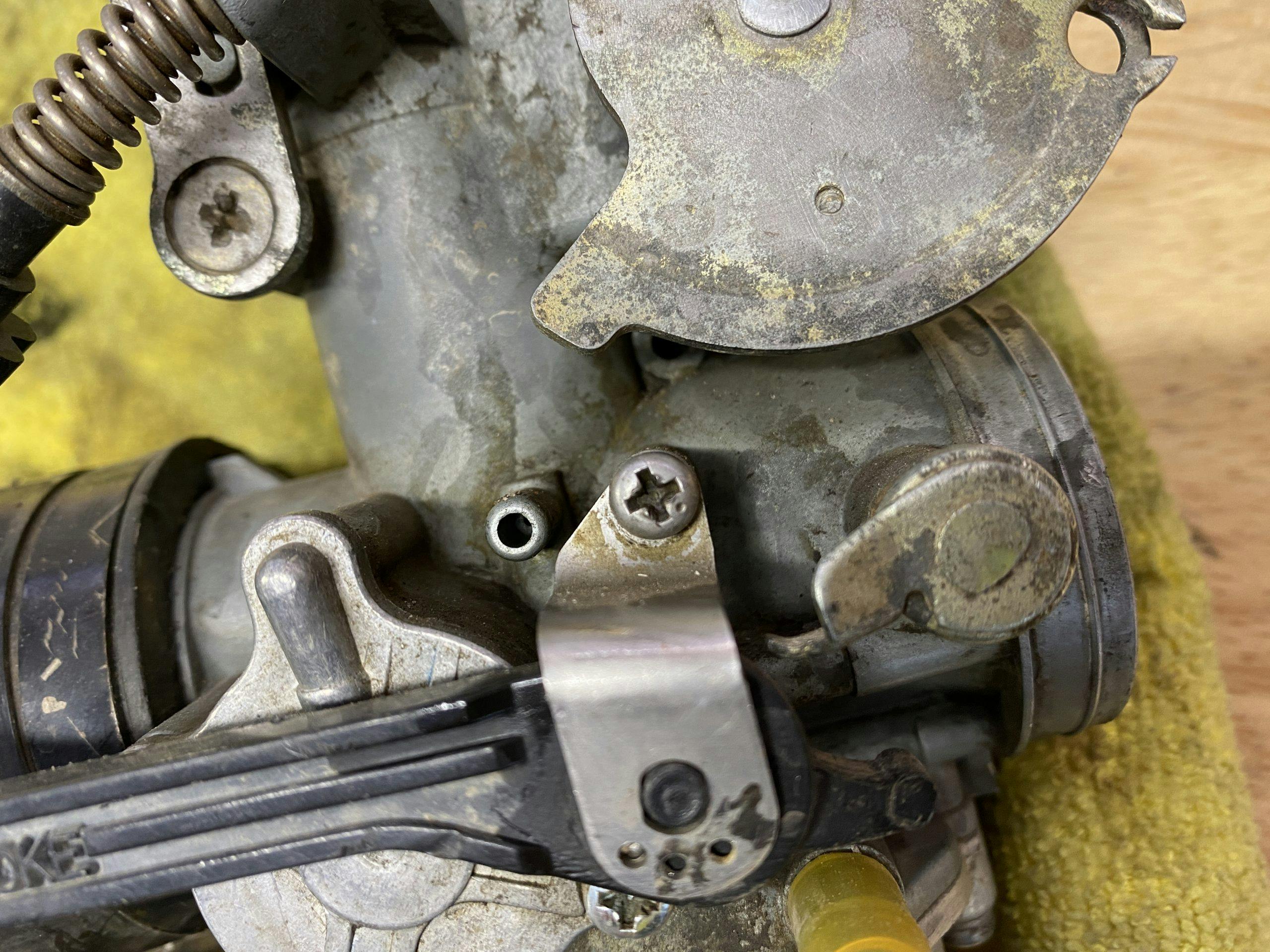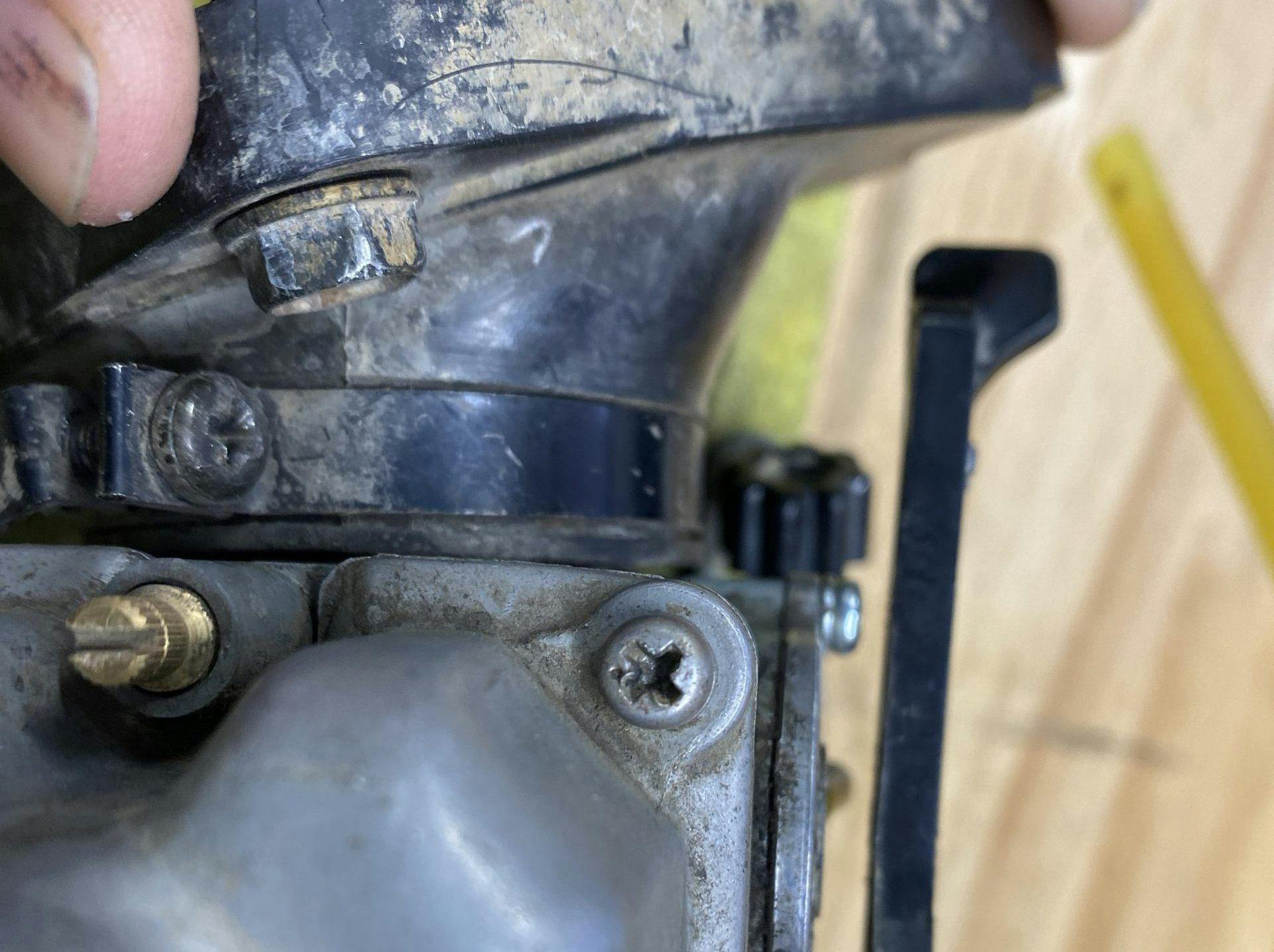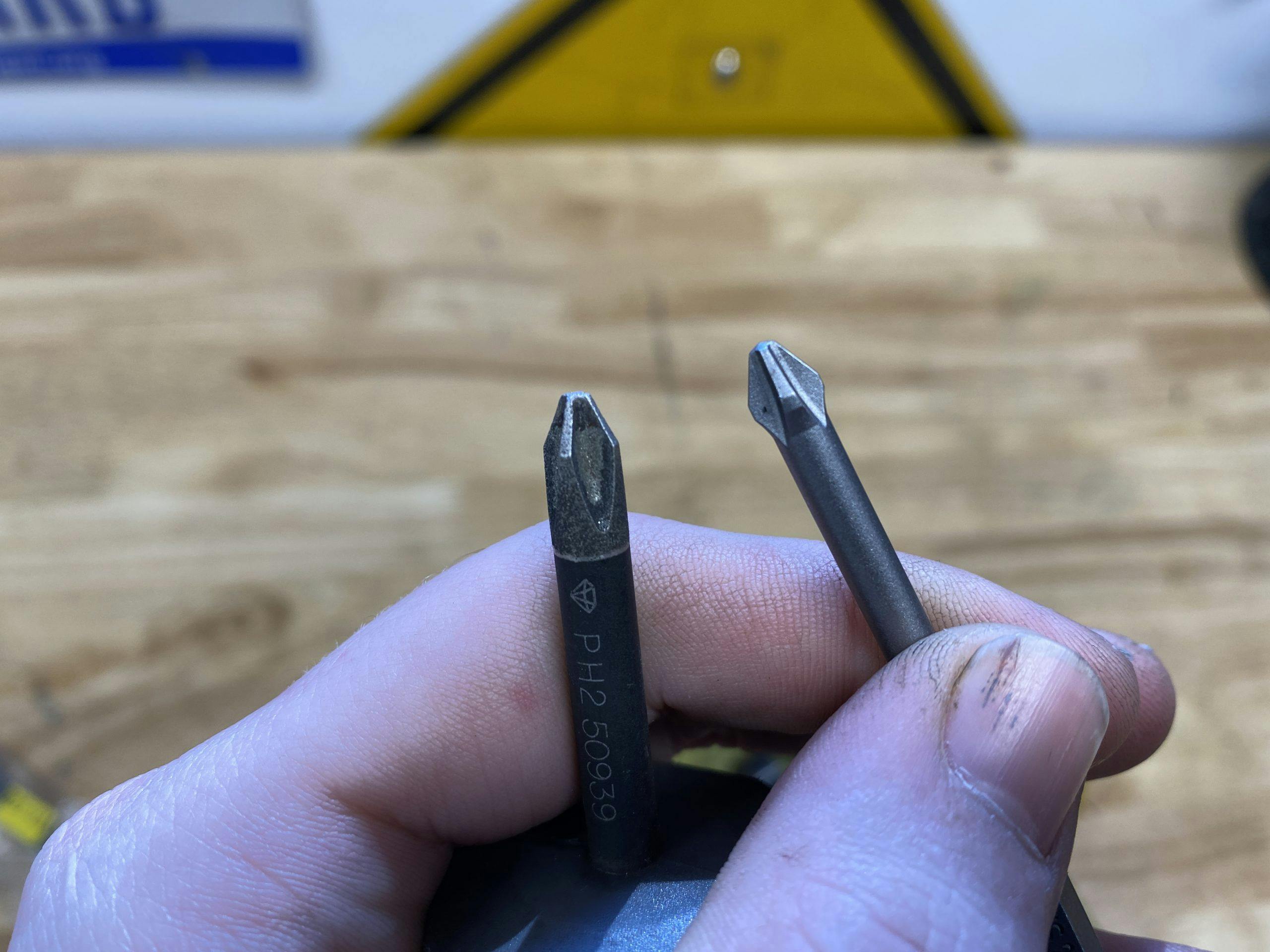That Phillips-head screw isn’t what you think it is
The unsung hero of the automotive world is the threaded fastener. Most people only think about the bolts and screws of their machines when they have to, when the components are stripped, seized, or broken off. That dismissive attitude, however, may cause these components to strip, seize, or break in the first place.
For instance, if you are working on a classic motorcycle, you are probably using the wrong screwdriver—and are setting yourself up for disaster. Hear me out.

Let’s talk a bit of history first. Screws were first created using files to grind threads into round stock. Like anything handmade, the process was laborious and the results were inconsistent. With the advent of machinery to roll threads rather than cut them, screws and bolts began to usurp nails in production environments. Threads may be the identifying mark of a screw, but the truly critical part is the design of the head, which determines the tool engagement that imparts torque to drive the fastener into the material (or nut).
Slotted screw heads were the easiest to manufacture, but inventor John P. Thompson thought that a crosshair-style engagement would be a better idea. He patented the idea in 1932 but, unfortunately, he was not a very good salesman. Thompson abandoned the venture and sold the patent to Henry Phillips, who formed the Phillips Screw Company and went about manufacturing and selling the hardware. In 1935 Phillips filed a patent application that modified the Thompson design slightly and tailored it for production lines, in which screw guns were becoming commonplace. The Phillips screw was born.

That patent for a cruciform, or cross-shaped, screw head expired in 1966. Though the style became generic, the Phillips-head design never lost its uniquely American roots. The cross-haired head was created for ease of assembly and was always intended for production environments, in which efficiency was key. Making a Phillips head requires only two cuts with a tool. The finished head has a rounded profile and tends to “cam out” when high torque is applied to it; Phillips-head screws worked perfectly with screw guns because the fastener was “foolproof.”
However, some countries saw the “speed over accuracy” American production style as crude. Rather than engineer a fastener to avoid over-tightening, the Japanese wanted to shift responsibility for precision from the mechanical component to the craftsman.
This concept brought about a redesign of the Phillips screw, commonly known as the Japanese Industrial Standard (or JIS). This type of screw head looks very similar to a Phillips, with the exception of a single, tiny dot. JIS fasteners may look a lot like a Phillips-head, but the tool engagement is far superior—if you are using the correct tool.

For years, I piddled with project motorcycles in my parents’ driveway or in a storage unit across from my college dorm, often getting frustrated by the screws securing items like engine case covers. The problem wasn’t my technique. It was my tools. I was attacking these JIS fasteners with my Phillips screwdriver out of ignorance. Yes, a #3 Phillips fits pretty good in a JIS 3 head, but once you start applying torque—especially to a screw that is properly stuck—you are far more likely to strip the fastener than if you were using a JIS driver.
Once I realized the error of my ways, I found that JIS screwdrivers were worth every penny. They saved me countless moments of frustration. I am a fan of buying high-quality screwdrivers and keeping them nice: I have a set of screwdrivers that are exclusively for carburetor service, plus a general set for all other tasks. You may think I’m crazy for having redundant tools, but strip out one carb jet because you’re using a worn-out screwdriver, and you’ll change your tune. I’m similarly obsessed with JIS screwdrivers and bit tips in the garage. If you play with vintage Japanese motorcycles, you should be too.
***
Check out the Hagerty Media homepage so you don’t miss a single story, or better yet, bookmark it. To get our best stories delivered right to your inbox, subscribe to our newsletters.







There are also “Pozi Drive” screws which are superior to Phillips.
Let’s not go down that road. That’s a whole other discussion with all of the choices available today! In fact, I think Hagerty did an article on this once. Slotted, Phillips, JIS, Combination, One-Way, Robertson, Torx, Secure Torx… 😁
I ran into JIS screws for the first time (that I know of) a few years ago when I encountered one retaining the front brake rotors on my wife’s Honda Pilot. The Phillips bit didn’t work in loosening them so I ended up putting everything back together and ordering a special screwdriver that you hammer on to loosen the screws. Worked like a charm once I had the correct tool.
Chances are that the impact driver used the same Phillips bits as your regular Phillips screwdriver, It was just brute force that removed the screw.
Once I got the proper JIS and PoziDriv screwdrivers, my impact driver saw a lot less use.
JIS screwdrivers are a necessity. 2000 Triumph Legend uses 3 Japanese carbs. Replaced several float bowl screws before learning about JIS.
Very interesting article.
As mentioned by others before, there are also Robertson screw heads that are superior to Phillips but alas are mostly found in the construction trade and not in the automotive industry.
I too learned this one the hard way stripping screws on a Mikuni carburetor.
It may be beneficial to give a quick tip here. I sometimes use a dab of valve grinding compound when removing old Phillips fasteners. It allows for much more torque without trying to “cam out” when removing them. Between that and breaking them loose by tightening them until they move (if that side of the interface is in much better condition) I haven’t been unable to remove an old one for a long time.
The JIS ones work great. I need to buy a set.
You did a great job of illustrating how to identify a JIS screw head. Is there an equally clear way to distinguish a JIS bit from a phillips?
Another little known tool type is Whitworth. Not inch, not metric. My 1973 Norton came with Whitworth tools in the tool bag.
Actually, Whitworth fasteners are in the regular fractions of an inch used for SAE. The main difference is that the wrench sizes are the diameters of the bolts, not the span of the bolt heads. So, a 7/16 Whitworth wrench (“spanner” for you Brits) would typically be at least very close to the same as an American 5/8″ wrench. But they do have a few Whitworth bolts that have head sizes that don’t fit with SAE tools. One is notorious for being about 13.5mm across, so even metric tools won’t work with that one.
And your Norton used PoziDriv screws. I recently went through a BSA and the messed up screws came out easily with the proper #3 PozIDriv.
The British version I believe is called Reed & Prince.
Reed & Prince is a USA company that was started in Worchester MA. R&P used extensively in aircraft and boat building. It is also known as a Frearson drive.
Their fasteners are used for precision assemblies.
My first experience with JIS fasteners in the 60s made the hammer and chisel my best friends. Back then, the tool kit that came with Japanese bikes were of the poorest quality and nobody had any screwdrivers nor any quality metric tools. I also remember destroying the sprockets on my Honda after replacing the broken chain with a #40 chain. My opinion of the metric system then was not good and it hasn’t improved as time goes by either. I just accept that is what the world is coming to whether I like it or not.
Pozidrive screws work very well if you can find a Poszidrive screwdriver. Nigh on impossible in NA.
Wiha makes excellent PoziDriv screwdrivers.
I recently picked up a 4-piece set of Pozidriv for a good price, Gearwrench brand. Good quality too. I have three classic British cars here so I keep a good supply of the right screwdrivers.
What does “cam out” mean? I don’t believe I have ever heard that term before.
Cam out is a term that refers to the screwdriver climbing up and out of the fastener, prevent it from being tightened or loosened.